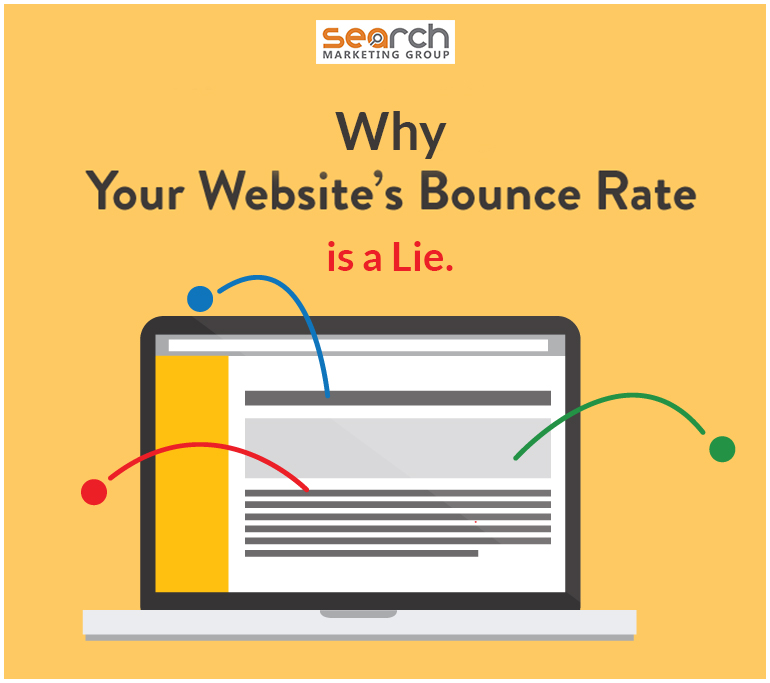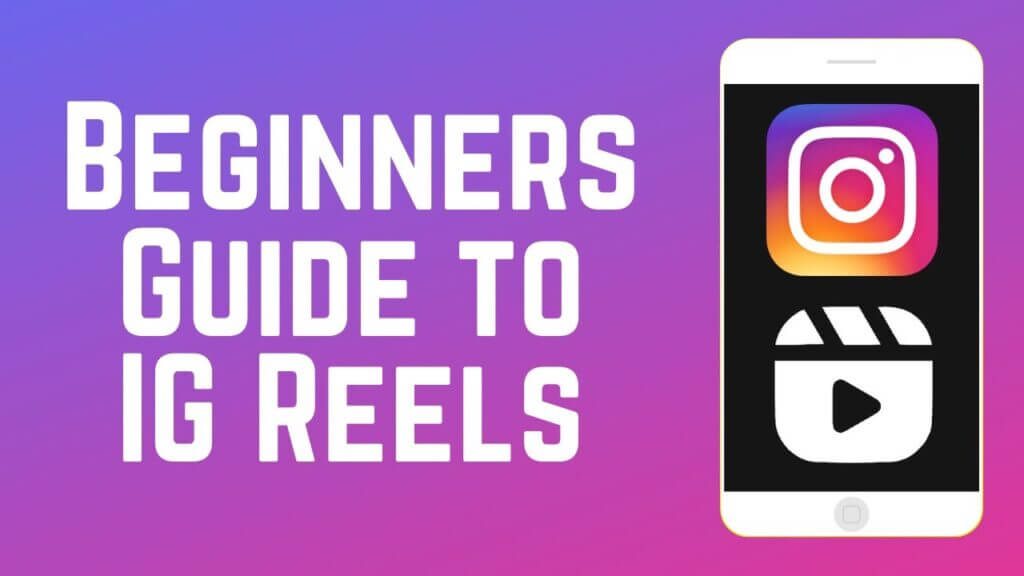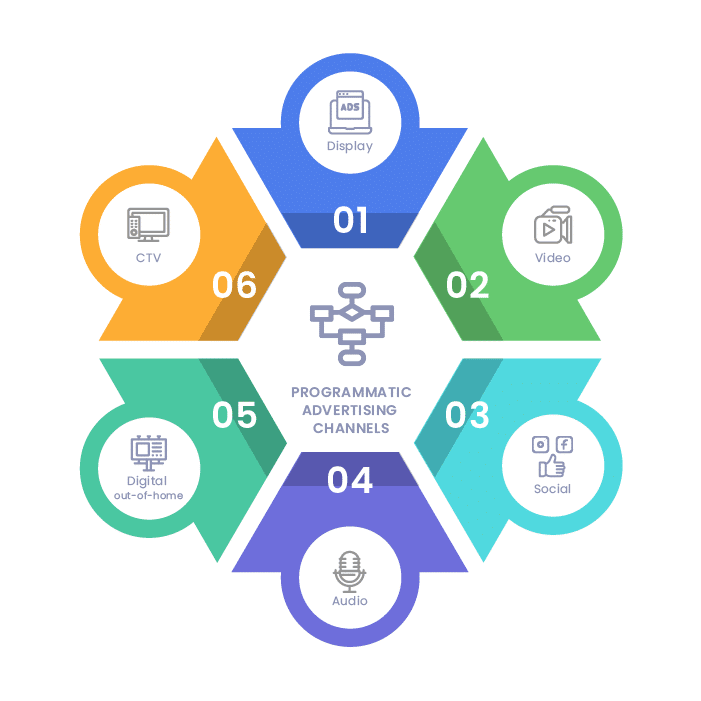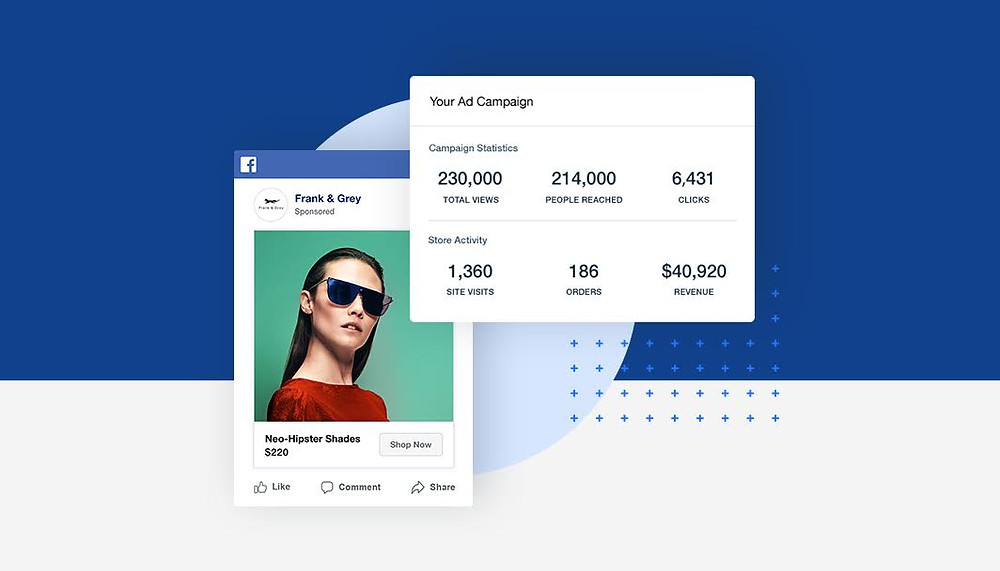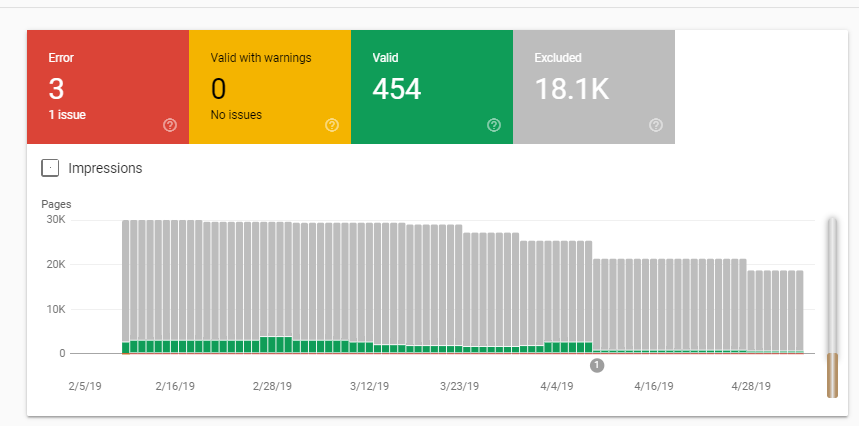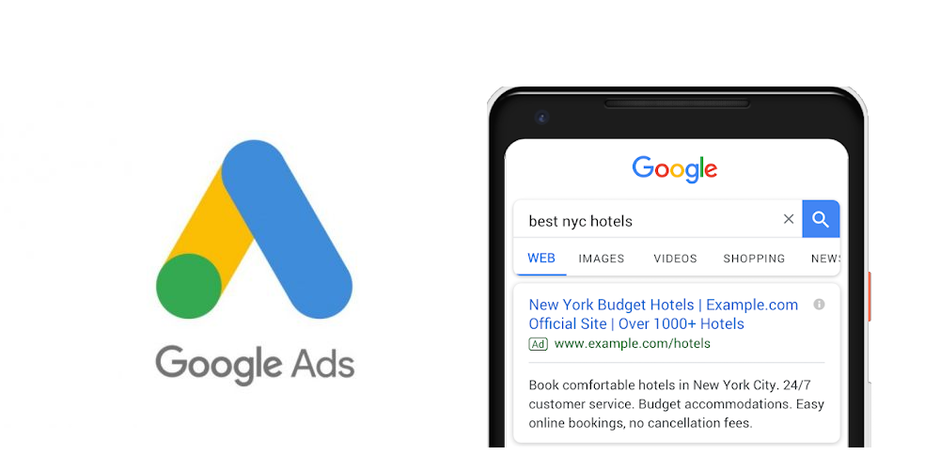The bounce rate is the percentage of single-page visits. A high bounce rate is expected for low-quality web pages, and most site owners feel that when users leave their pages without engagement, their content is not valuable and relevant. Google only tracks the interaction for only 30 minutes. Suppose a user reads your page for 20 minutes, goes to another site, reads their mail, comes back after 10-15 minutes, and clicks on another page; Google will still record that as a bounce. If the user is using multiple tabs for different pages on your site, it still counts as a bounce since Google does not seem to know the difference.
Here is how to get Google to give you the actual bounce rates.
Track In-Page Events and Not-Page Views
Google needs to track events and page views to get the correct bounce rate. Events are essential since they allow you to count the interactions that do not involve the other pages loading, but you need a customized code to track them. You will need to create an event goal on your Google Analytics account. Your website will then track the event, but you may require the services of a developer to input the code to your website.
Use Inbound Traffic Segmentation
One of the biggest problems with Google Analytics is that it cannot tell the difference between your direct traffic and other traffic sources. The solution is to create different landing pages for different sources of traffic; this is inbound traffic segmentation. The reason for this is that warm and cold leads are coming to your site, and segmentation allows you to see the channels generating the needed engagement. Be on the safe side by optimizing your site, especially the landing pages for mobile, since the device used accounts for bounces.
Test Your Site for Phantom Bounces
Phantom bounces are bounces that happen because visitors click away because the pages take too long to load. If you have a bounce rate of 50%, one of the things to look at is the speed of your site without going through Google Analytics. You can use Google’s Page Speed Insights and test your site’s speed.
Delay the Timing of Pop-ups
Pop-ups give your visitors a way to interact with your site, which will push down your bounce rates. If you have not designed them according to Google’s specifications, it might lead to increased bounce rates. This is because Google sees them as intrusive, especially on mobile sites. Delay the timing of the pop-ups by 3-5 seconds, and Google will not penalize your site and thus lower your bounce rates. The alternative is to have exit pop-ups that load when the user signals that they are leaving your page.
Look Into Your Exit Rates
Exit rates are calculated based on the last page a user visited before leaving your site, and they have a direct correlation to your bounce rates. If you notice certain pages with a high bounce rate but low exit rates, then look into your user’s behavior and not the page views alone.
In conclusion, Google will tell you that a user left but not why they left. It is, therefore, necessary to do your analysis by event tracking, creating separate landing pages, test your site speed, conversions, pop-up timing, and exit rates. Do not take Google’s word on bounce rates lying down; be proactive.


